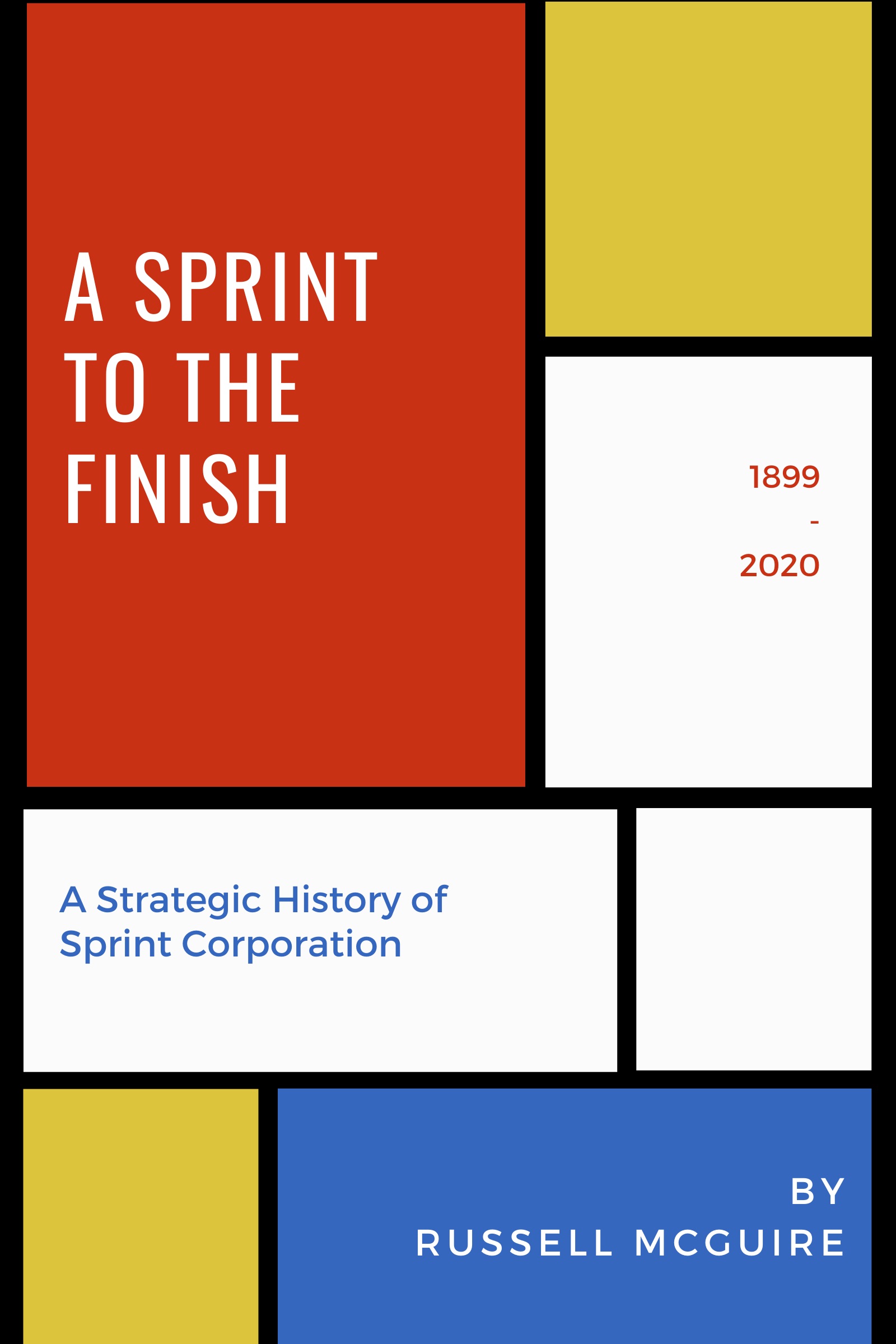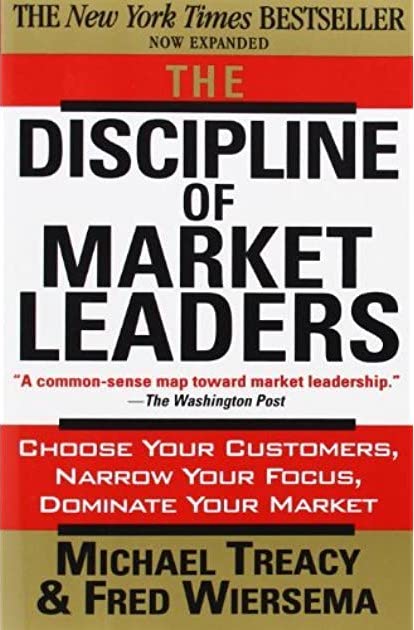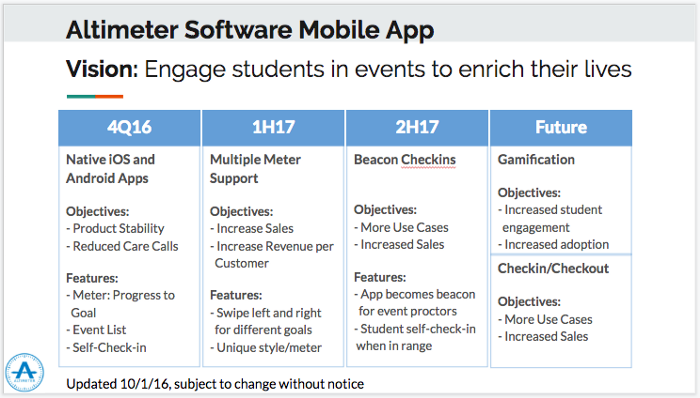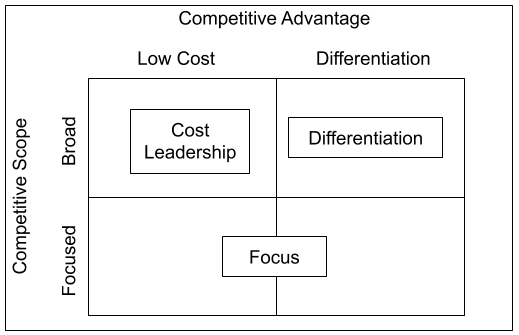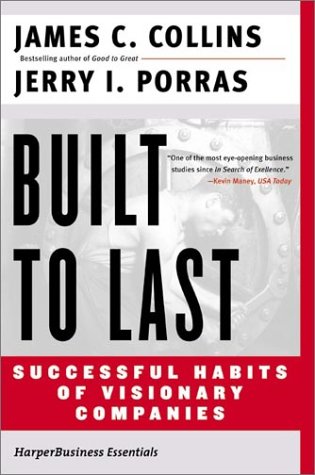Built to Last is a great book. It is inspiring and challenging. It is full of good ideas that are, realistically, hard to implement. It is one of those books that, when you read it, you see many observations about great companies that should have been obvious. Sadly, you may also begin to see many things at your own company that you wish were different and that you know will be difficult to change. Even so, it is well worth the read, and perhaps, over time, you will find ways to make your own business more visionary and more successful using the lessons learned within.
The authors spent six years studying the entire lifecycle (to that time) of 18 companies that they called visionary. They compiled the list by surveying 700 CEOs of leading companies across industries. They also looked at 18 comparable companies in the same industries that had similar opportunities, but came up short in terms of their enduring impact. They then looked for the common characteristics that set the visionary companies apart from their peers. From this lengthy research, they distilled eight truths and challenged twelve myths about what makes a company successful.
Read the full review here.

